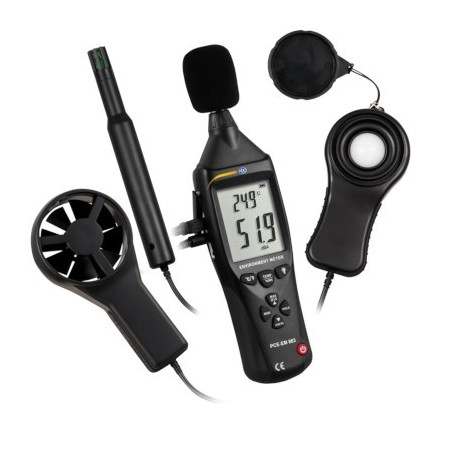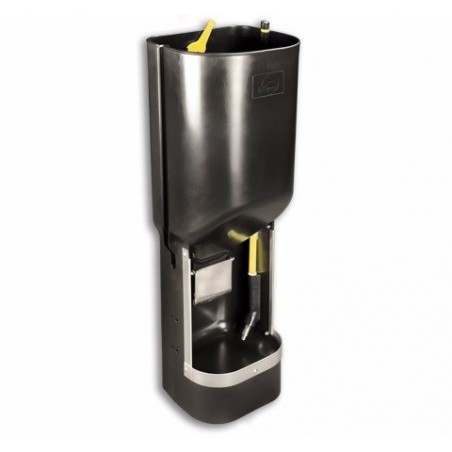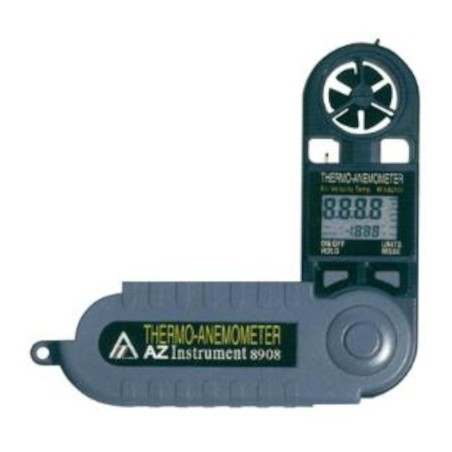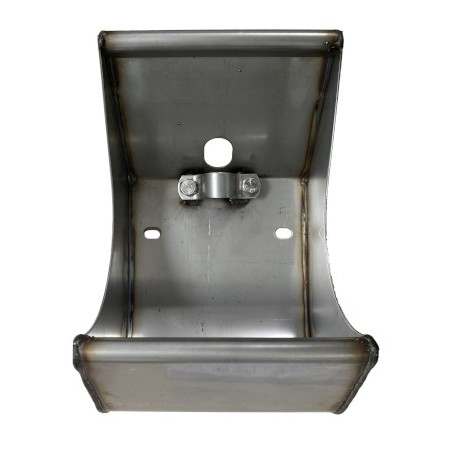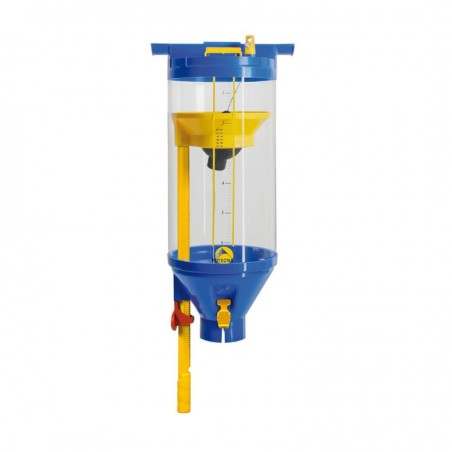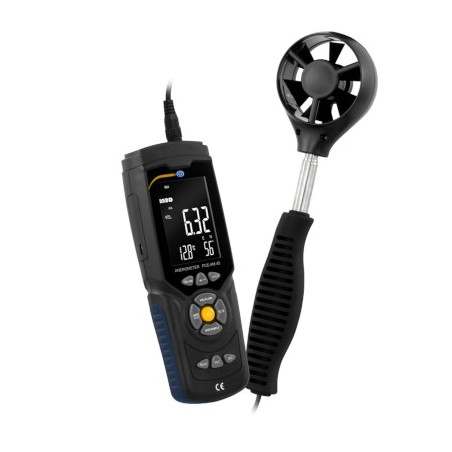Barns (n = 4) were located at the same site in eastern North Carolina. Each barn had identical dimensions (12.5 m width × 45.5 m length) with four 1.2 m and one 0.9 m fans on the east end of the barn. Each PAD barn contained two cool cell pads (1.2 × 9.1 m) on the west end of the barn operating between 9 am and 9 pm (DAY). Barns were stocked between June (wk 0) and September (wk 13) 2016. Data loggers were hung 1.4 m above the floor at 6 (A), 23 (B), and 40 m (C) from the west end of the barn to record temperature and relative humidity (RH) every 15 min (n = 115,154 observations). At wks 4, 5, 7, and 9 to 13, wind velocity (WIND) was recorded with an anemometer in the middle of the barn, and pig ear temperature (PET, n = 345) was captured at locations A, B, and C using an infrared camera. Variables were analyzed using PROC GLM in SAS. Fixed effects for WIND included barn type and date. Fixed effects for PET included barn type, date, and logger location.
External barn temperature, RH, and temperature humidity index (THI) were 31.1°C, 63.4%, and 78.0, respectively, during DAY and 22.8°C, 95.7%, and 65.3 at night. Compared to PAD barns, CONTROL temperature was greater (P < 0.01) during DAY (28.2 vs. 30.3°C) yet was similar (P = 0.15) at night (25.6 vs. 25.6°C). Greater RH (P < 0.01) was observed in PAD barns compared to CONTROL during DAY (79.4 vs. 66.6%) and night (86.0 vs. 84.3%). Compared to PAD barns, THI was greater (P < 0.01) for CONTROL during DAY (72.1 vs. 76.3) yet lower (P < 0.01) at night (68.6 vs. 68.8, respectively). Wind velocity was greater (P < 0.05) in PAD barns when compared to CONTROL (104.6 vs. 94.6 m/min). Average PET was lower (P < 0.01) in PAD barns when compared to CONTROL (37.26 vs. 37.33°C). Yet there were no differences (P > 0.05) between PAD and CONTROL at the base of the ear (37.72 vs. 37.67°C, respectively), tip of the ear (36.41 vs. 36.48°C, respectively), or temperature drop from the base to the tip of the ear (−1.34 vs. −1.20°C, respectively).

Results suggest PAD barns, when compared to CONTROL, improved barn THI during DAY but not at night and did little to alleviate pig heat load.
Wiegert, J G; Knauer, M T; Shah, S B. Effect of pad cooling on summer barn environment and finishing pig temperature. Journal of Animal Science, supl. Supplement 2; Champaign Tomo 95, (Mar 2017): 35. DOI:10.2527/asasmw.2017.074





